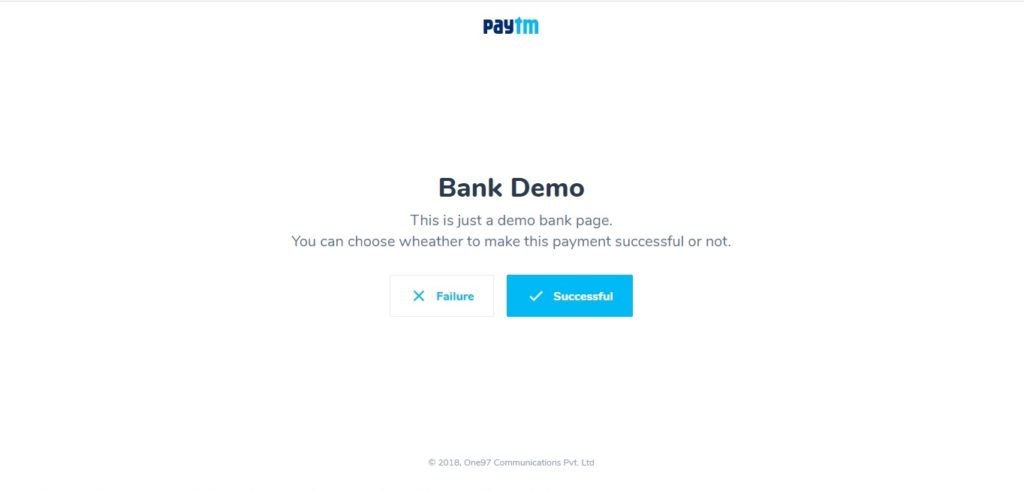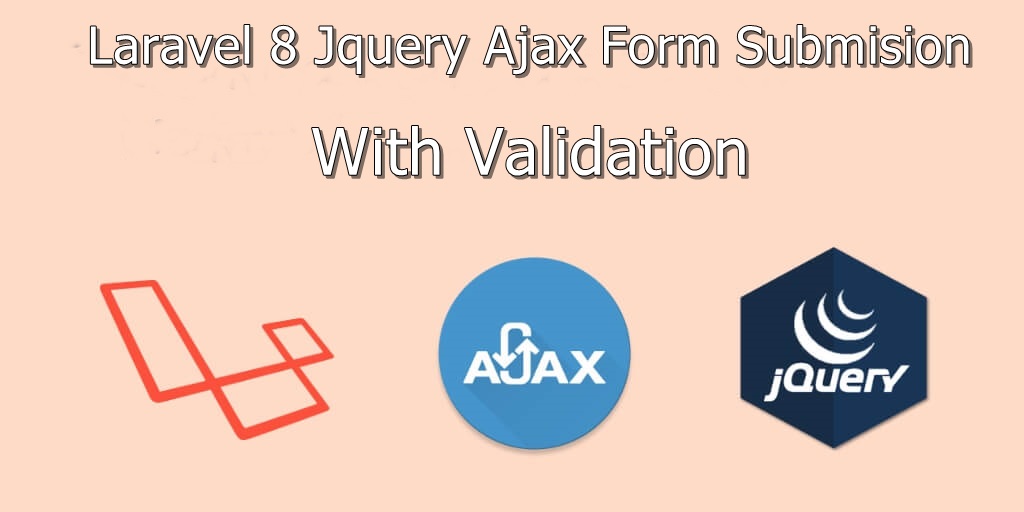
Hello, everyone today I will tell how to integrate the Paytm payment gateway in your laravel project. It’s so simple and easy to integrate.
Requirments
- Paytm account
- The basic idea of PHP
- The Basic idea of Laravel
So, Let’s get started just follow the step and you will reach your destination.
Step – 1 After creating the Paytm account you need to take your API Credentials from Paytm, So after the login in the sidebar under developers you can see API keys. You have to click on that link to acquire your API credentials.

Step – 2 Install Laravel by using below command
composer create-project --prefer-dist laravel/laravel paytm
Step – 3 Install Paytm by using composer
composer require anandsiddharth/laravel-paytm-wallet
Step – 4 You have to register your laravel-paytm-wallet package to do so, you have to add the following lines under config/app.php in your provider Array.
'providers' => [
// Other service providers...
Anand\LaravelPaytmWallet\PaytmWalletServiceProvider::class,
],Step – 5 Also, add the PaytmWallet facade to the aliases array in your app configuration file:
'aliases' => [
// Other aliases
'PaytmWallet' => Anand\LaravelPaytmWallet\Facades\PaytmWallet::class,
],Step – 6 Add the Paytm credentials to the .env file
PAYTM_ENVIRONMENT=local PAYTM_MERCHANT_ID=YOUR_MERCHANT_ID_HERE PAYTM_MERCHANT_KEY=YOUR_SECRET_KEY_HERE PAYTM_MERCHANT_WEBSITE=YOUR_MERCHANT_WEBSITE PAYTM_CHANNEL=YOUR_CHANNEL_HERE PAYTM_INDUSTRY_TYPE=YOUR_INDUSTRY_TYPE_HERE
Step – 7 Go to config->services.php and the below code
'paytm-wallet' => [
'env' => env('PAYTM_ENVIRONMENT'), // values : (local | production)
'merchant_id' => env('PAYTM_MERCHANT_ID'),
'merchant_key' => env('PAYTM_MERCHANT_KEY'),
'merchant_website' => env('PAYTM_MERCHANT_WEBSITE'),
'channel' => env('PAYTM_CHANNEL'),
'industry_type' => env('PAYTM_INDUSTRY_TYPE'),
],Step – 8 Create controller by using the following command
Php artisan make:controller PaytmController
Step – 9 Create two routes one for payment and one for your call back URL.
Route::get('/payment','PaytmController@pay');
Route::post('/payment/status', 'PaytmController@paymentCallback'); Important: The callback_url must not be CSRF protected
To disable CSRF in laravel for specific route, just to this small thing go to your Middleware/VerifyCsrfToken.php. Under protected $except array add your route like below
/**
* The URIs that should be excluded from CSRF verification.
*
* @var array
*/
protected $except = [
'/payment/status*',
];Step – 10 Write the given code under your PaytmController
<?php
namespace App\Http\Controllers;
use Illuminate\Http\Request;
use PaytmWallet;
class PaytmController extends Controller
{
/**
* Redirect the user to the Payment Gateway.
*
* @return Response
*/
public function pay() {
$payment = PaytmWallet::with('receive');
$payment->prepare([
'order' => 23, // your order id taken from cart
'user' => 'Cust_id_12', // your user id
'mobile_number' => 7277407765, // your customer mobile no
'email' => 'hungerforcode@gmail.com', // your user email address
'amount' => 20.00, // amount will be paid in INR.
'callback_url' => 'http://localhost/paytm/public/payment/status' // callback URL
]);
return $payment->receive();
}
/**
* Obtain the payment information.
*
* @return Object
*/
public function paymentCallback()
{
$transaction = PaytmWallet::with('receive');
$response = $transaction->response(); // To get raw response as array
//Check out response parameters sent by paytm here -> http://paywithpaytm.com/developer/paytm_api_doc?target=interpreting-response-sent-by-paytm
if($transaction->isSuccessful()){
}else if($transaction->isFailed()){
//Transaction Failed
}else if($transaction->isOpen()){
//Transaction Open/Processing
}
$transaction->getResponseMessage(); //Get Response Message If Available
//get important parameters via public methods
$transaction->getOrderId(); // Get order id
$transaction->getTransactionId(); // Get transaction id
}
}
Step – 11 Now visit the URL
http://localhost/paytm/public/payment
Step – 12 After visiting the URL you will be redirected to the following page

Step – 13 Make payment by entering the following card details.
card no - 4242424242424242
expiry - 12/24
cvv - 123

Your transaction will be shown under your Dashboard -> Transaction section.

Getting Unusual Error try to run below command
php artisan optimize:clear
composer dump-autoload
I hope the given blog post help’s you regarding Paytm payment gateway integration. Facing while issue while integration, Feel free to comment.






Please share your code on hungerforcode@gmail.com